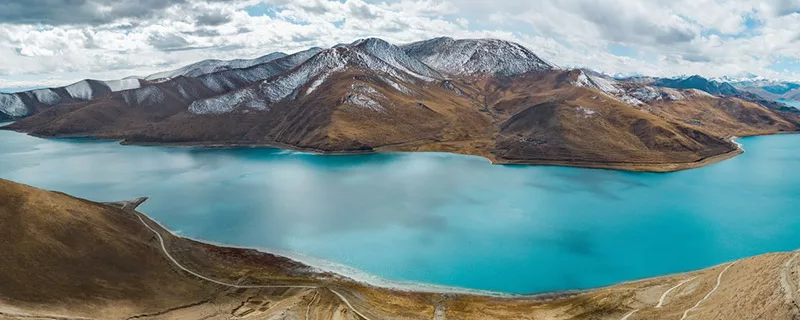Tibet has numerous mountains, rivers, and plateau lakes. Among them, Everest is 8,848 meters high, which is the highest peak in the world. These mountains make Tibet a paradise for mountain climbers and explorers. Tibet’s unique plateau snow scenery and human landscape are unique charms for travelers. So far, the loves of most Tibetan people are far from that of modern people outside the plateau. Because of this ‘distance,’ it is precise that everything in Tibet has ornamental value.
Tibetan people are enthusiastic and cheerful and good at singing and dancing. Most of them believe in Tibetan Buddhism. Tibetan Buddhism is Mahayana Buddhism, which has an intense local color and has been circulated in Tibet for over 1,000 years. Since the 16th century, Tibet has implemented a system of integrating government and religion, with an intense religious (Buddhist) color in people’s ideology, working, and living life. Religious activities became an integral part of the lives of most residents.
Traveling in Tibet is exciting. If you want to experience the real Tibet here, it is best to prepare a state of mind that is not bound by your past life experience and embrace the wider world. You will find that the people there are beautiful, the plateau is very friendly, and the culture is inclusive.
Let’s explore this magical and mysterious land and learn about the unmissable tourist attractions in Tibet.
Tourist attractions in Tibet, Lhasa
. Potala Palace
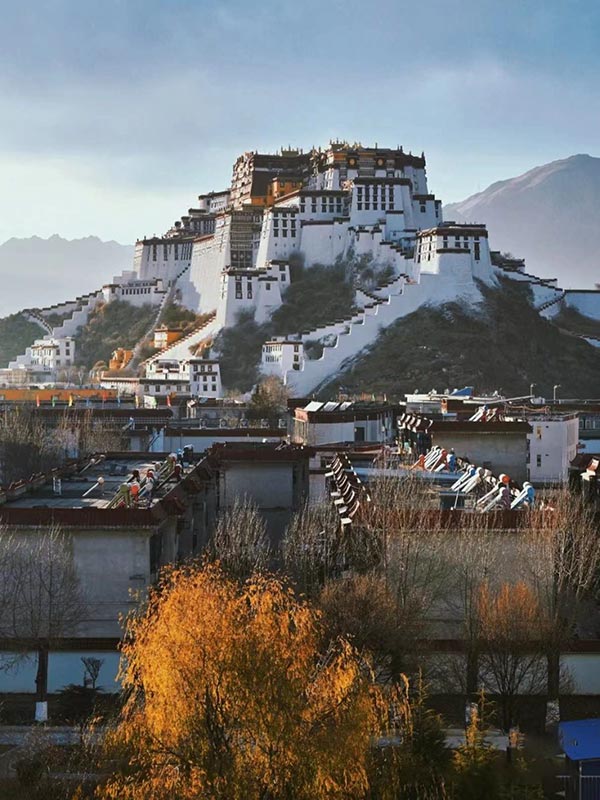
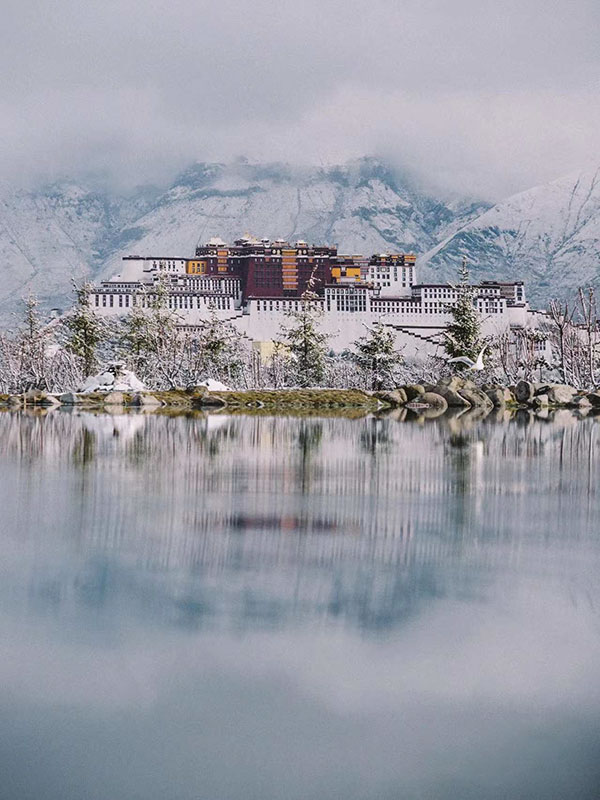
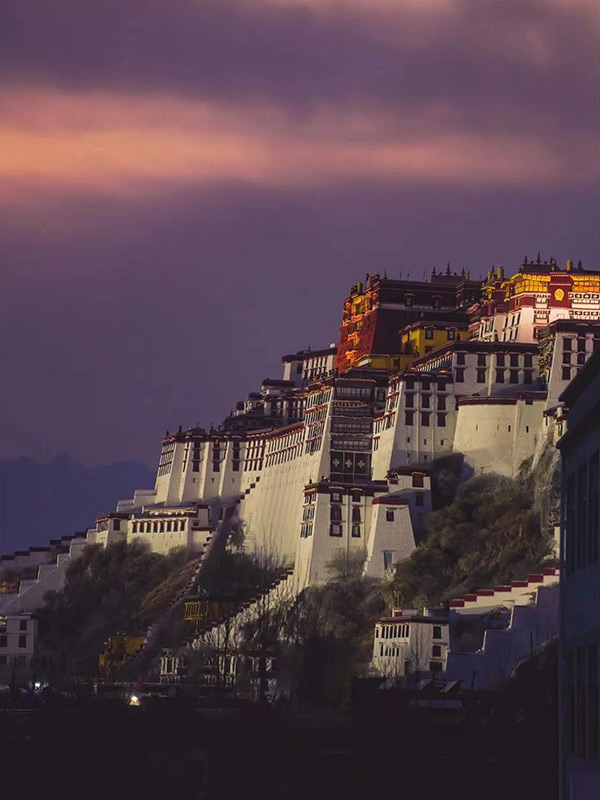
“Potala” is Sanskrit, initially referring to the residence of Guanyin Bodhisattva. The Potala Palace is also a holy place in the hearts of all pilgrims. The palace is mainly composed of the Red Palace and the White House. The highest Red Palace in the middle is an important place for religious ceremonies, and the surrounding White House is mainly the Dalai Lama’s activity place. The palace houses Buddhist pagodas, statues, murals, thangkas, and scriptures, among which the most striking are the eight spiritual pagodas of the Dalai Lama since the fifth generation.
This should be the first Tibet attractions to visit!
. Jokhang Temple
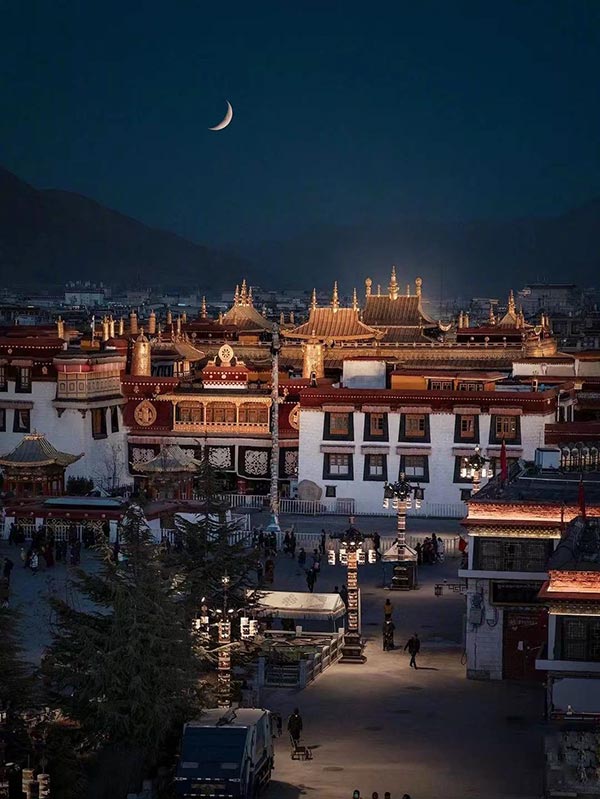
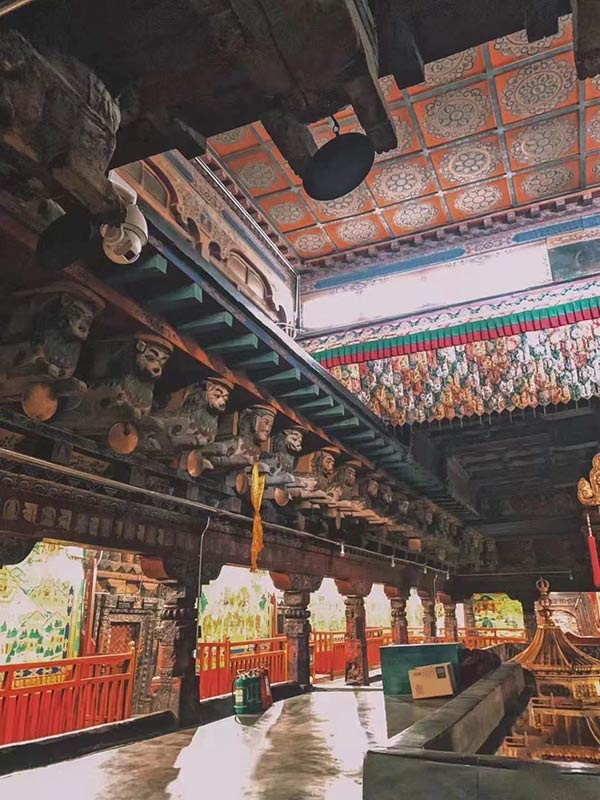
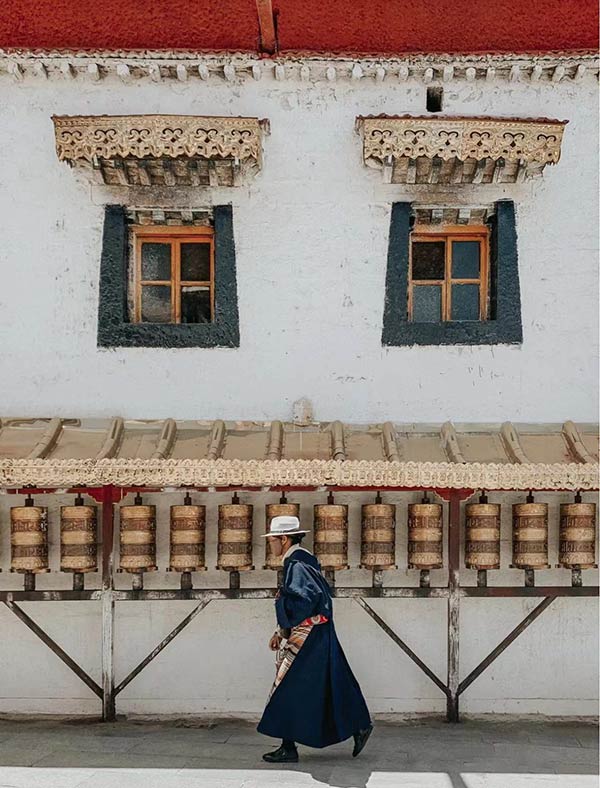
Lhasa is called the “Holy Land” is related to this Buddha statue. The Jokhang Temple has more than 1,300 years and holds a leading position in Tibetan Buddhism. The Jokhang Temple integrates Tibet, Tang Dynasty, Nepal, and India’s architectural styles and has become a model of Tibetan religious architecture through the ages. Incense lingers in front of the temple all day long, and believers devoutly kowtow on the bluestone floor in front of the door, leaving deep imprints of their kowtows. Thousands of ghee lamps are lit, leaving traces of time and pilgrims. Every year, the Butter Lantern Festival on the fifteenth day of the first month of the Tibetan calendar and the Auspicious Tianmu Festival on the fifteenth day of the tenth month of the Tibetan calendar are the busiest times for Jokhang Temple and Barkhor Street.
. Barkhor Street
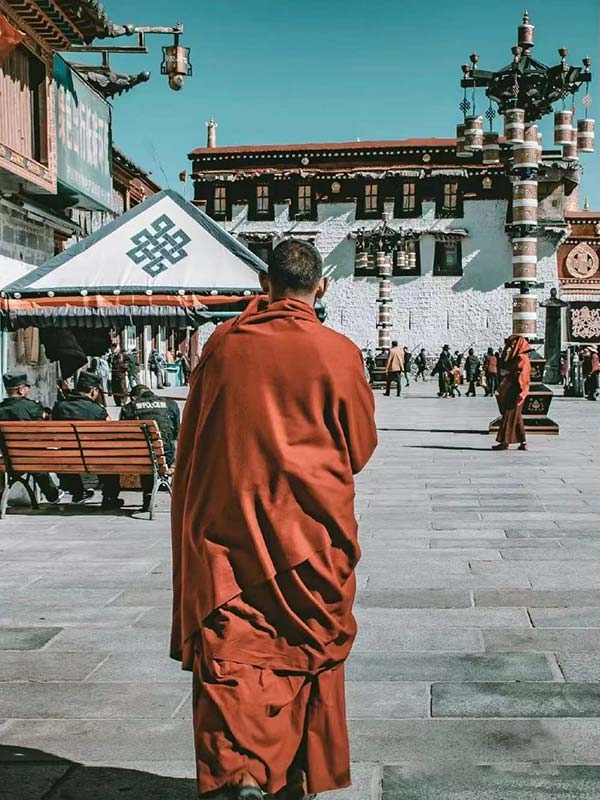
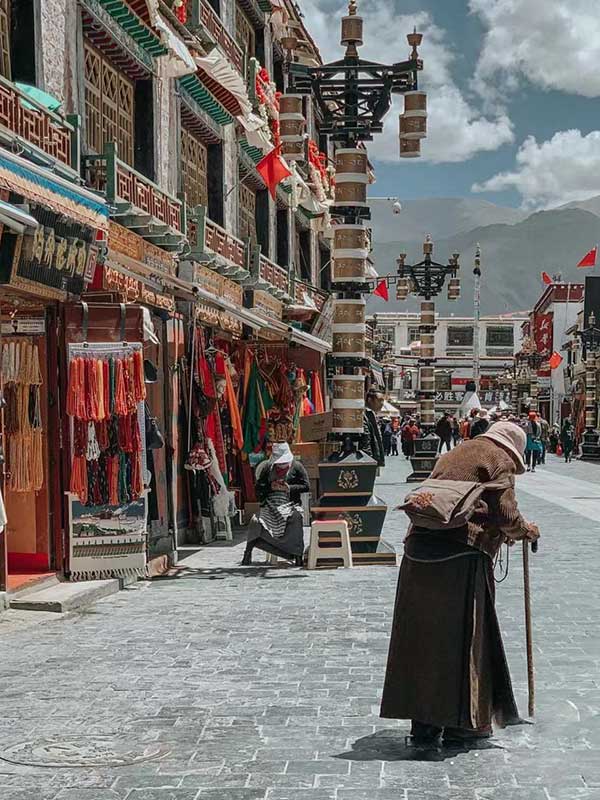
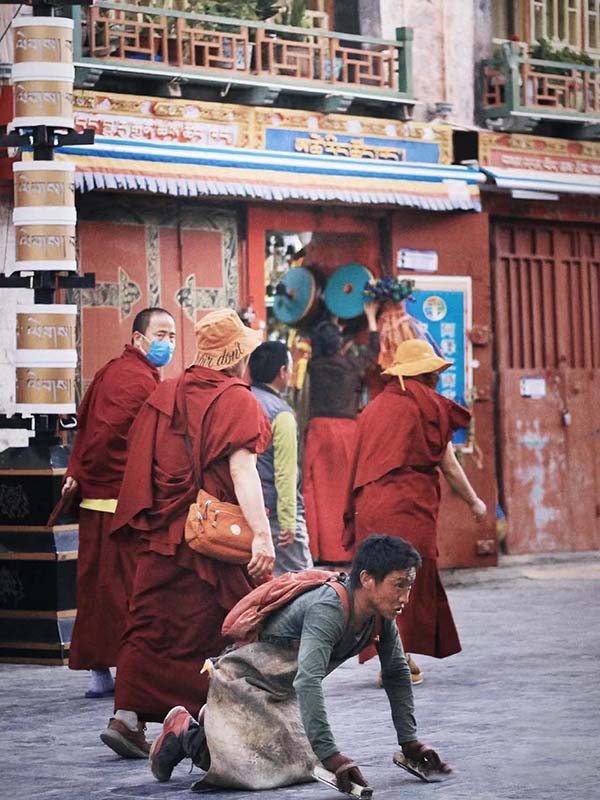
Barkhor Street is a circumambulation built around the Jokhang Temple for more than 1,300 years. Now it is the most famous commercial center of Lhasa. Some Tibetans are still on the streets, performing sacred prayer-turning ceremonies to express their inner purity. The houses facing the street are almost all shops selling Tibetan clothing, handicrafts, and goods from India, Nepal, and others. Delicious food is also indispensable. Many famous Lhasa restaurants are located here, such as Maji Ami, Linxia Flavor Wangzhongwang, Guangminggang Qiongtian Teahouse, etc.
Tourist attractions in Tibet: Lhasa North Line
. Namtso
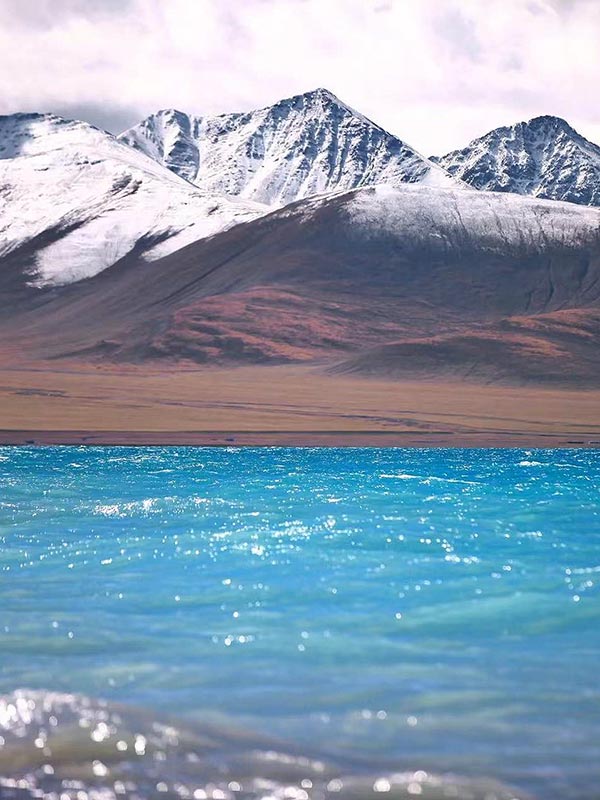
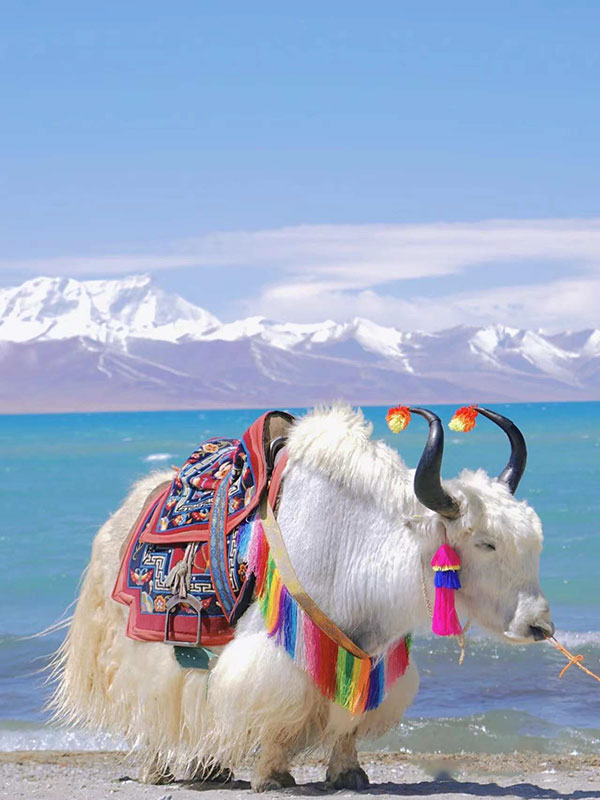
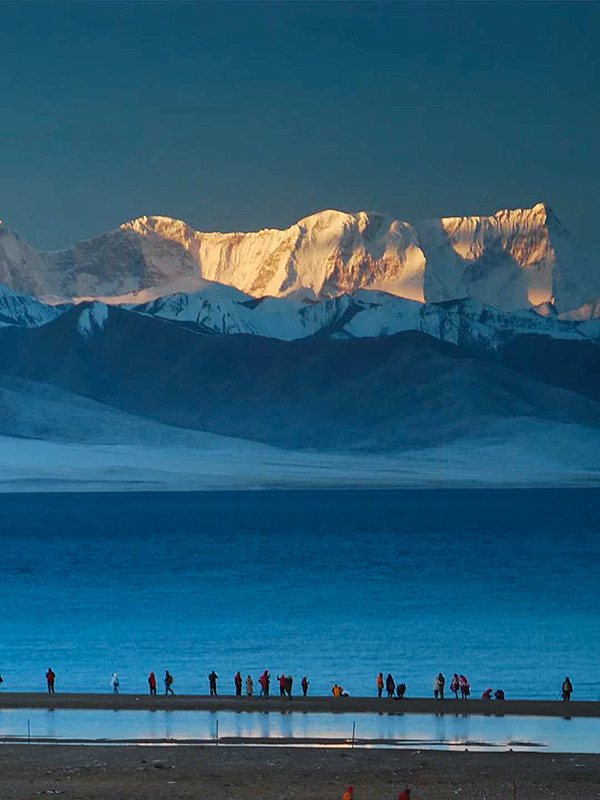
Namtso, which means ‘Heavenly Lake,’ is one of the “Three Sacred Lakes” in Tibet. It is also the highest lake in the world. Namtso is an inland lake that ebbs and flows with the moon. Her colors are sometimes blue, sometimes green, occasionally blue-green, occasionally dark blue. Mirages can also be seen from May to June every year. The five islands in the lake are called the incarnations of the Five Buddhas. Buddhist believers. It is regarded as a sacred place that Buddhist believers must visit in a lifetime. From ancient times to the present, there have been continuous pilgrims here. Every time in the year of the sheep in the Tibetan calendar, all Buddhas, Bodhisattvas, and Gods of Kuofa will set up altars in Namtso to perform dharma gatherings, and believers will go Namtso to walk around the lake. This is the most recommended lake in Tibet attractions.
. Holy Elephant Gate
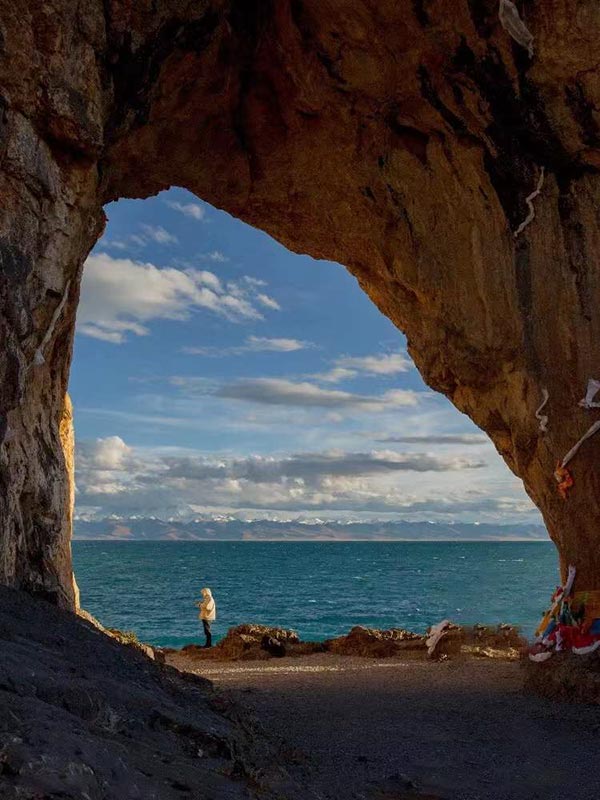
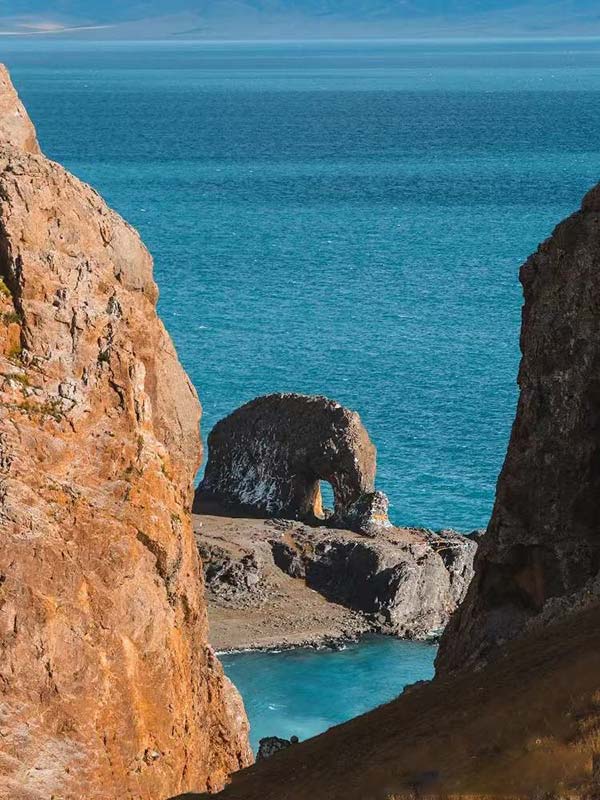
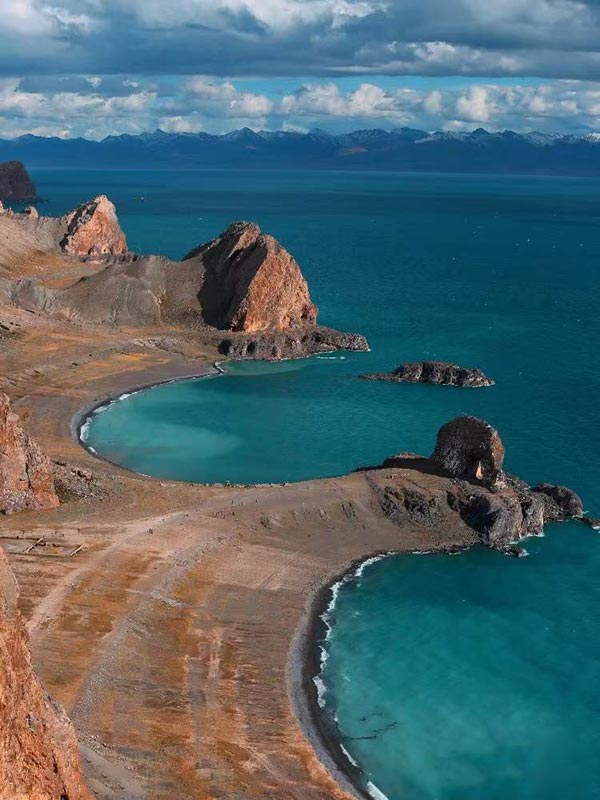
The Holy Elephant Gate is quietly hidden on the north bank of Namtso, facing the sacred mountain Nianqingtanggula across the holy lake. Here is the secret place on the horizon hidden deep in the hearts of Tibetans, and it is also the ultimate place for the beauty of Tibet. The Holy Elephant Gate is a giant natural stone elephant, standing on the bank of the vast Namtso, with its trunk deep into the lake, as if it is absorbing the sacred water from the snow. Between the body and the trunk of the stone elephant, it is like a giant door, the holy door leading to heaven. As a sacred place of Tibetan Esoteric Buddhism, countless eminent monks and hermits have cultivated here for thousands of years, and this is still the case.
Tourist attractions in Tibet: Lhasa East Line
. Basumtso
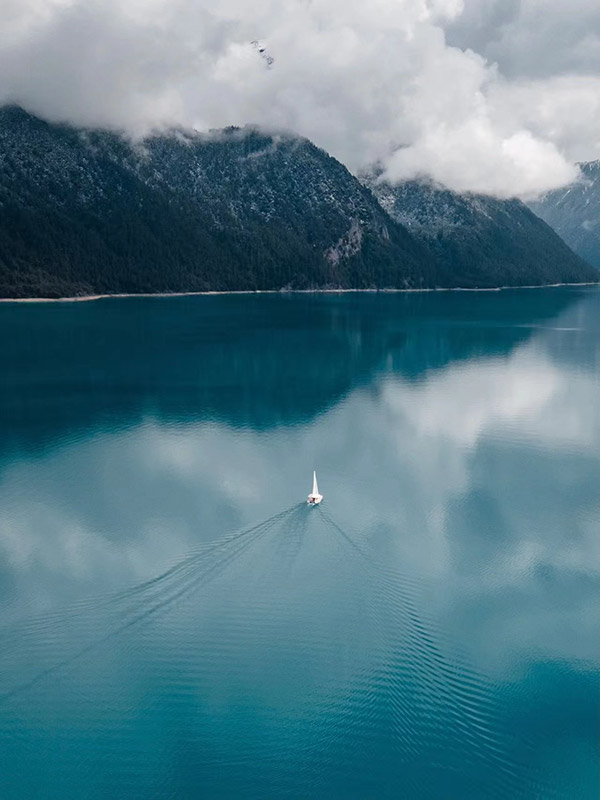
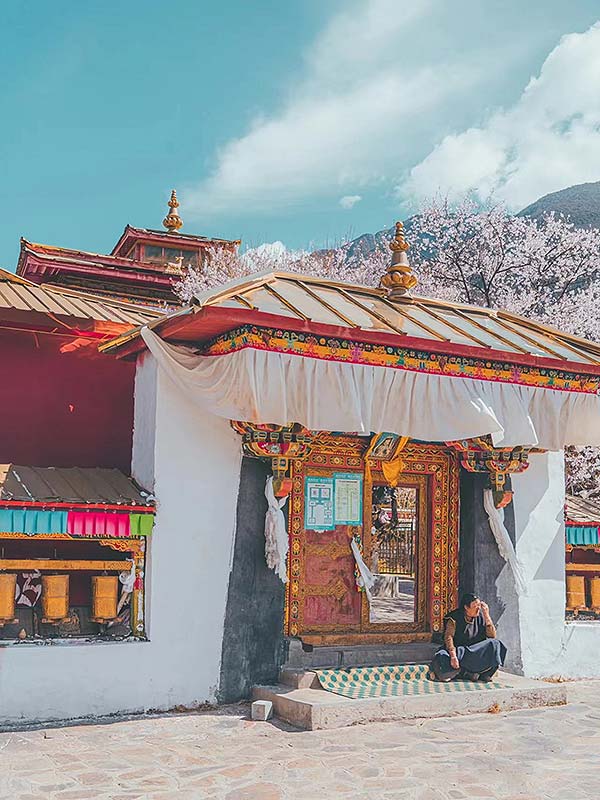
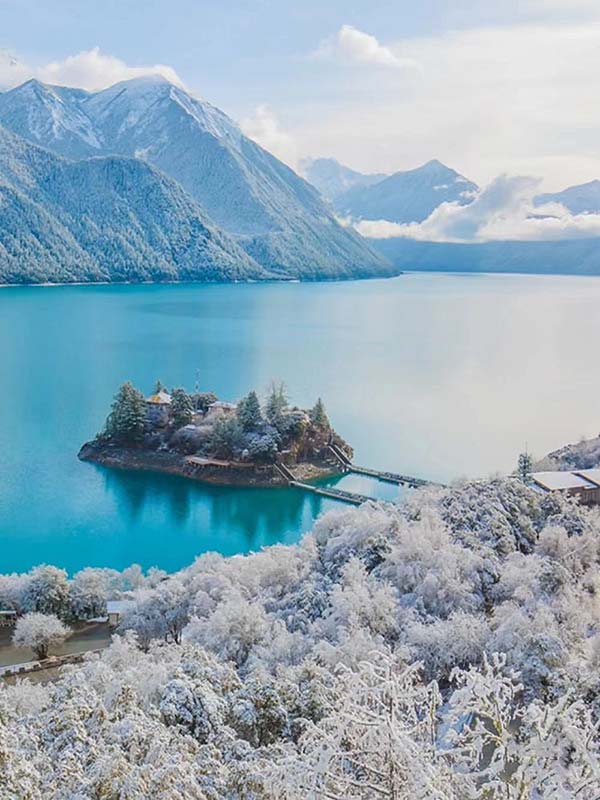
About 100 meters from the shore, there is Tashi Island’s tiny island. In the Tang Dynasty on the island, there is a building, “Cuozong Gongba Temple,” a famous Nyingma temple of the Red Sect in Tibet, with more than 1,500 years of history. The wood carvings of male and female genitals stand on the left and right sides of the entrance. The god of reproduction is the patron saint of plateau residents, blessing their families’ health and happiness.
. Nyingchi
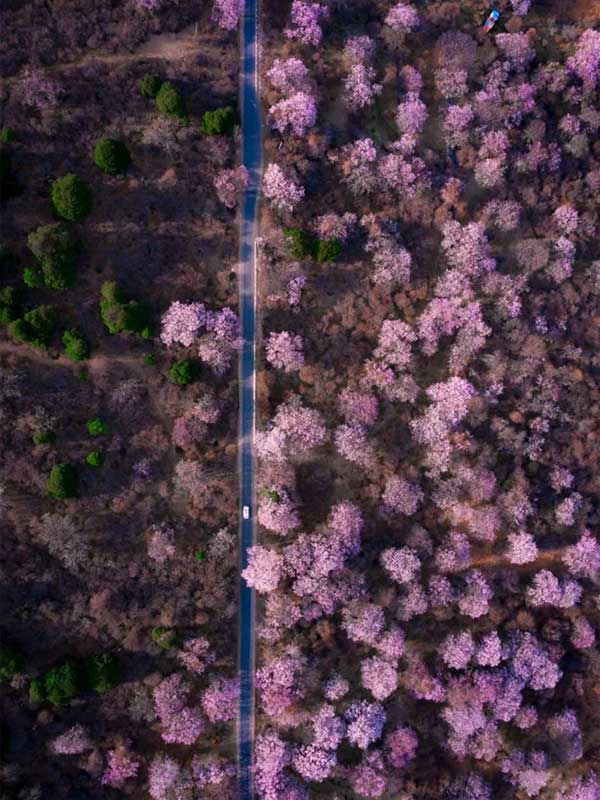
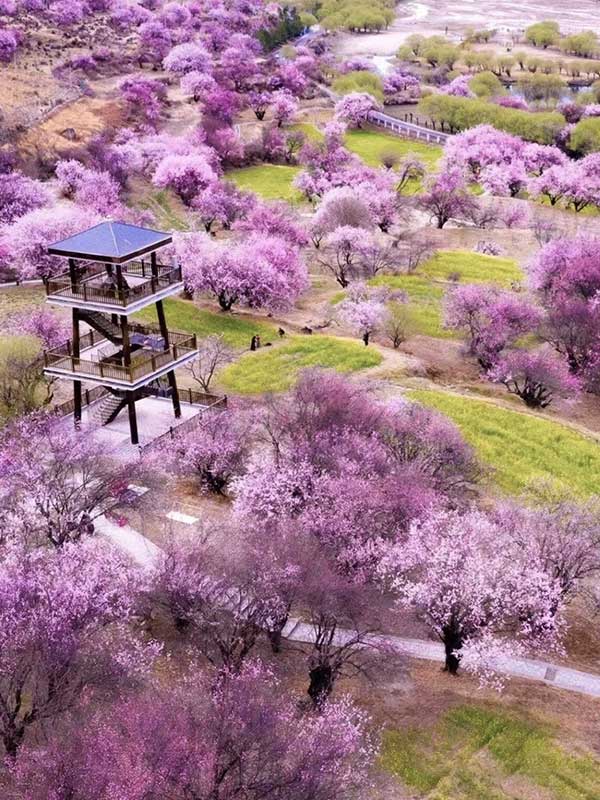
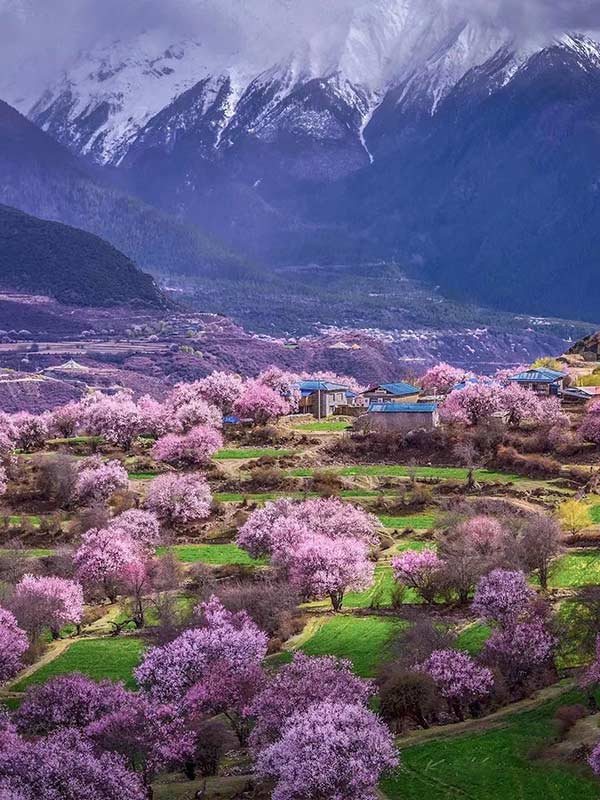
Every March, the chill of winter is not over, but Nyingchi is already a sea of peach blossoms. The mountains in the distance are still covered with snow, while the peach blossoms are everywhere in the nearby mountains. Peach blossoms are in all counties in the Nyingchi area. Among them, the peach blossom ditch in Bomi County, which stretches for 30 kilometers, has the most stunning scenery.
. Yarlung Zangbo Grand Canyon & Nanga Barw Peak
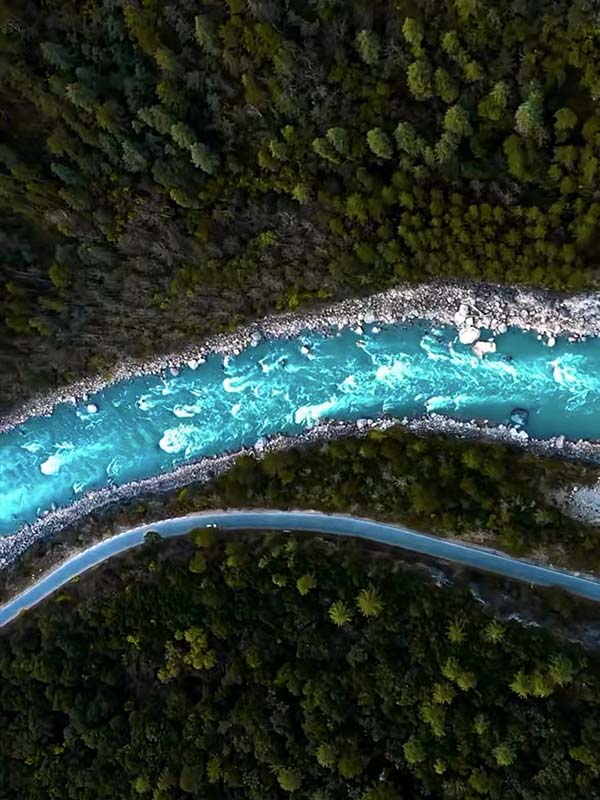
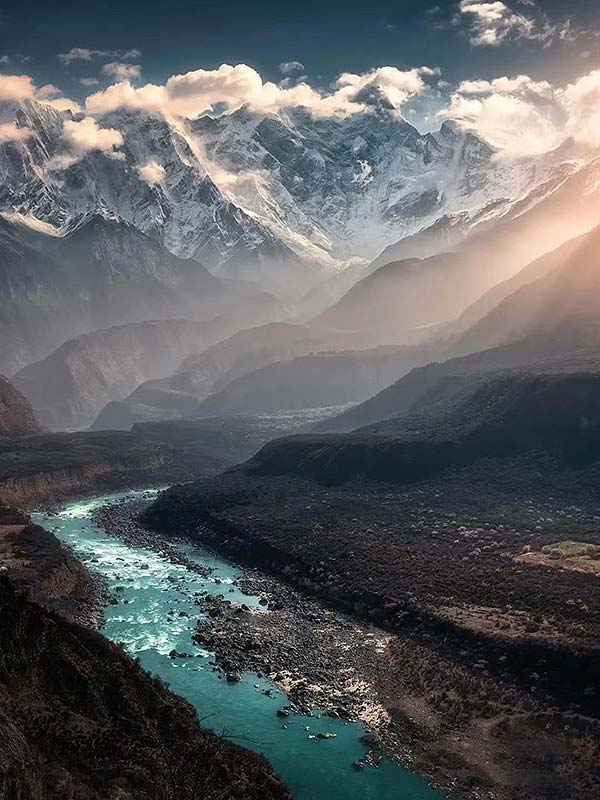
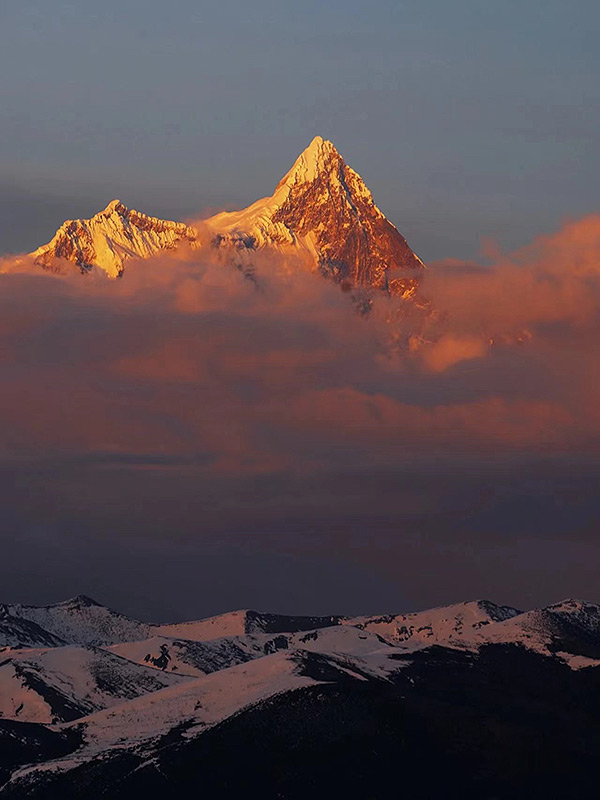
The primitive forests, religious legends, and other cultural landscapes have attracted countless Tibet tourists every year. From mid to late March to early May, the wild peach blossoms are in full bloom. People indulge in the peach forests and admire the sacred Nanga Barw and Gyalha Bairi Peak. Early May and early October are the best hiking seasons.
There are still villages inhabited by the Gongbu Tibetan people in the canyon, which maintain the eternal life tradition. Fascinating views, history, and people, everything is so attractive, full of infinite charm, unknowns, and adventures.
The most anticipated thing in the Brahmaputra Grand Canyon is to watch the Nanga Barw Snow Mountain. Every year, the lookout for the scenic spot is full of Tibet tourists. Whether a photographer or a tourist, if you want to see the full view of the snow mountain, you need luck enough, as clouds most often obscure it. But the more so, the more magical it seems. Nanga Barw Peak is the highest peak at the east end of the Himalayas, with 7782 meters. The local villagers said that only people with sincerity could see it due to the year-round cloud. China National Geographic rated this mountain as the most beautiful snow-capped mountain in China. Every spring, when the peach blossoms are in full bloom, many photographers come here to photograph the snow-capped peaks hidden by the flowers.
Tourist attractions in Tibet: Lhasa South Line
. YamdrokTso
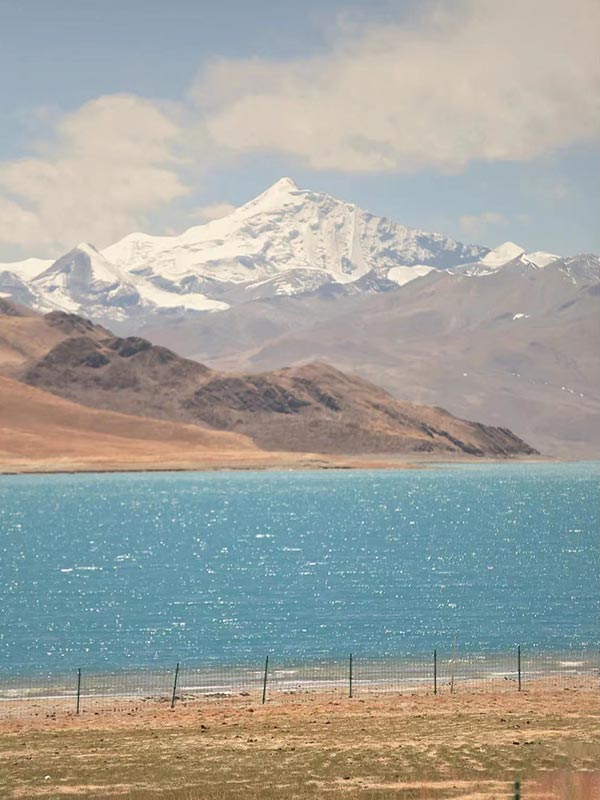
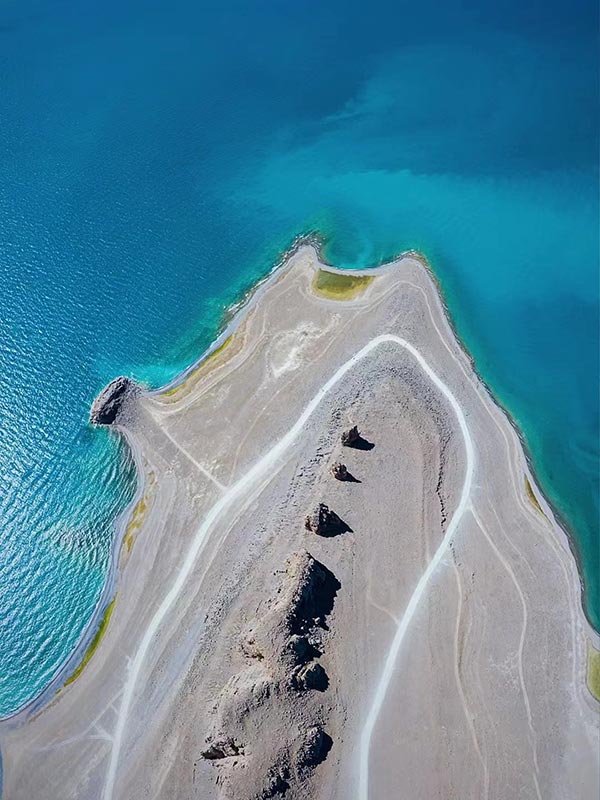
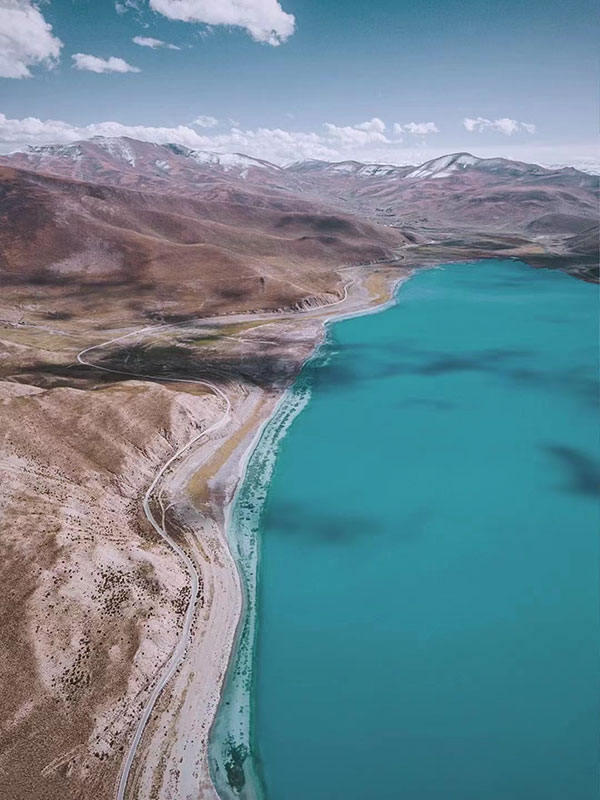
YamdrokTso, meaning “Swan Pond” in Tibetan, is one of the three holy lakes in Tibet. Tibetans regard her as “the turquoise earrings scattered by the goddess.” It is the largest inland lake in the northern foothills of the Himalayas. At Gangbala Pass, you can overlook YamdrokTso, and when illuminated at different times, it will show different levels and vibrant blue. The water source of the lake comes from the snow water in the surrounding Nyainqentanglha Mountains. The lake water changes with the light and evolves into ever-changing blue. There is a road along the lake not far from Lagang Bala Snow Mountain. Walking here or camping by the lake is the best way to experience Yamdrok Yongcuo.
. Tashilhunpo Monastery
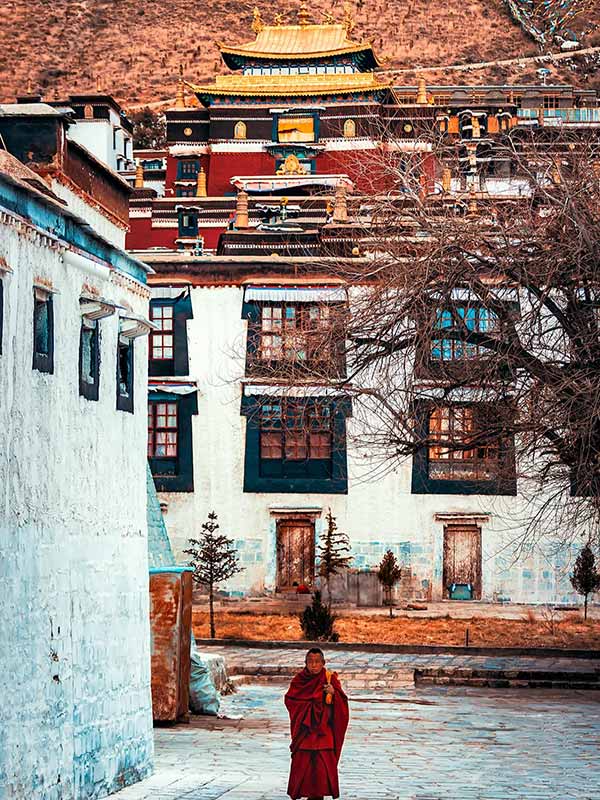
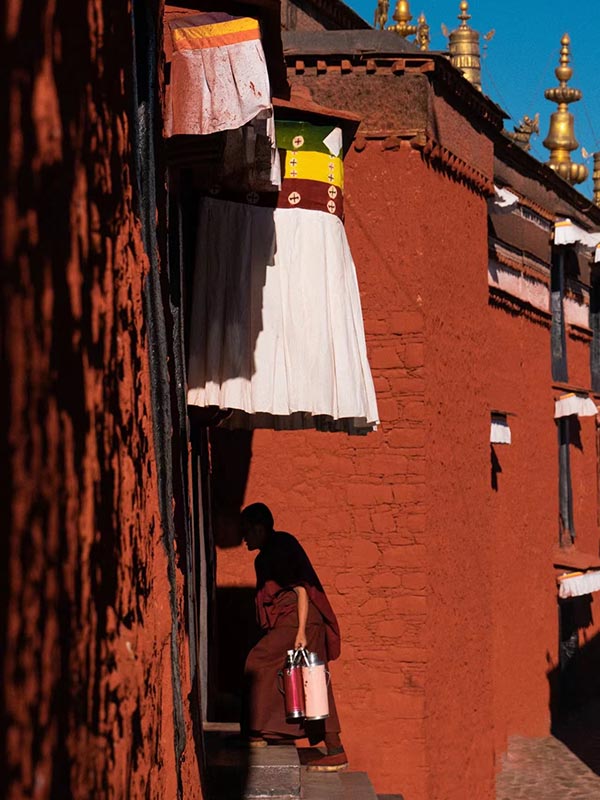
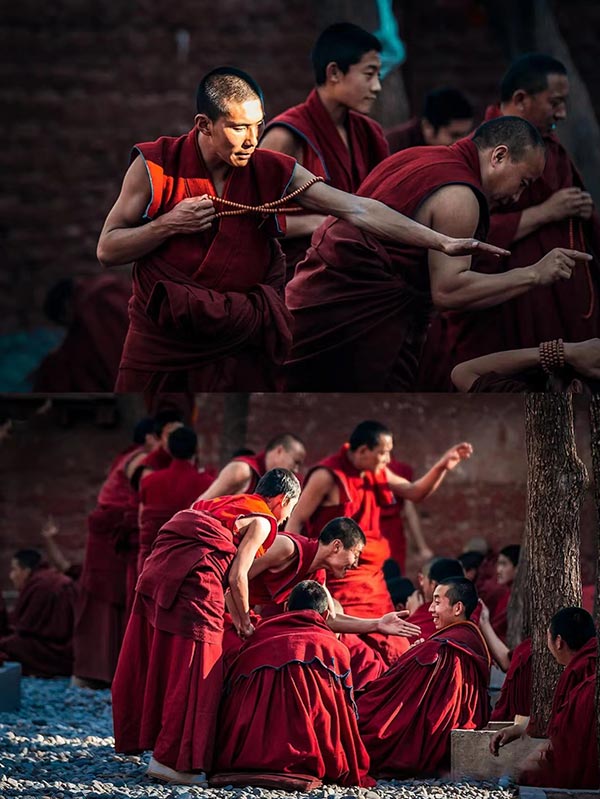
According to the regulations of the Gelug sect, it can accommodate more than 3,800 monks, and the largest scripture hall can accommodate half of the monks here. The monastery is the list of key cultural relics under protection in China, preserves ancient porcelain, gold and silver bowls, jade, and gold seals given to the Panchen Lama by the former emperor. In the Lingta Hall, there is the luxurious Lingta of the Panchen Lama of all dynasties. In the tantric room, lamas sit cross-legged, with drums, suonas, handbells, conch shells, etc., in front of them, and there are eight trumpets over 2 meters long on the other side. Sometimes they sang the scriptures aloud; sometimes, they trumpeted the trumpets. Only a few are qualified to participate in this kind of tantric activity, and they can be described as intellectuals in the monastery.
. Mount Everest (Mount Everest Base Camp)
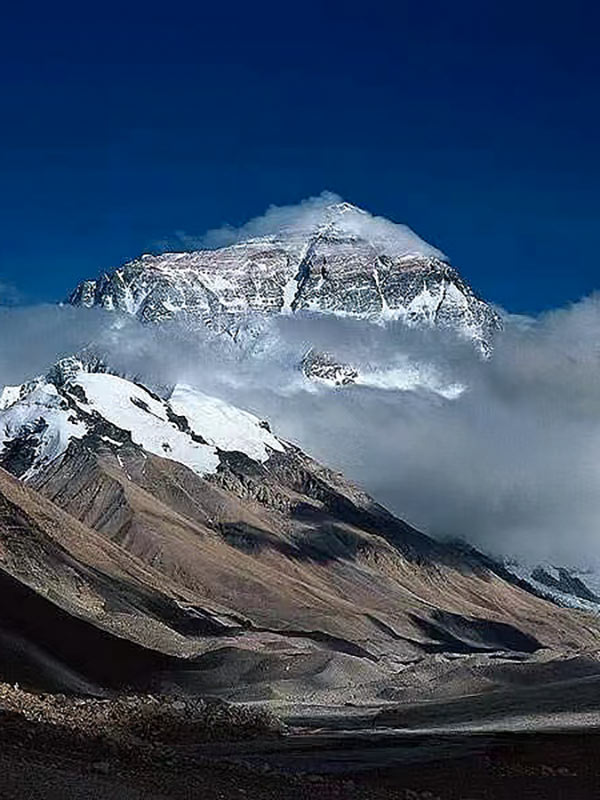
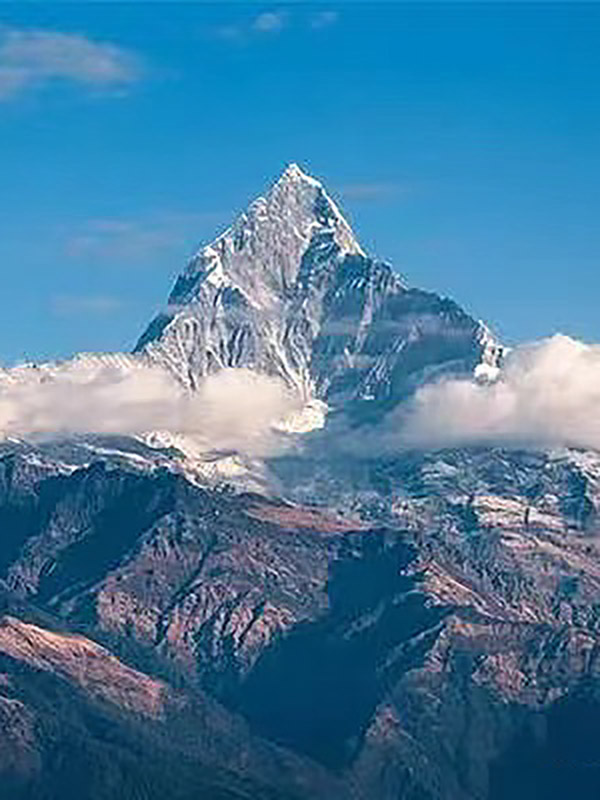
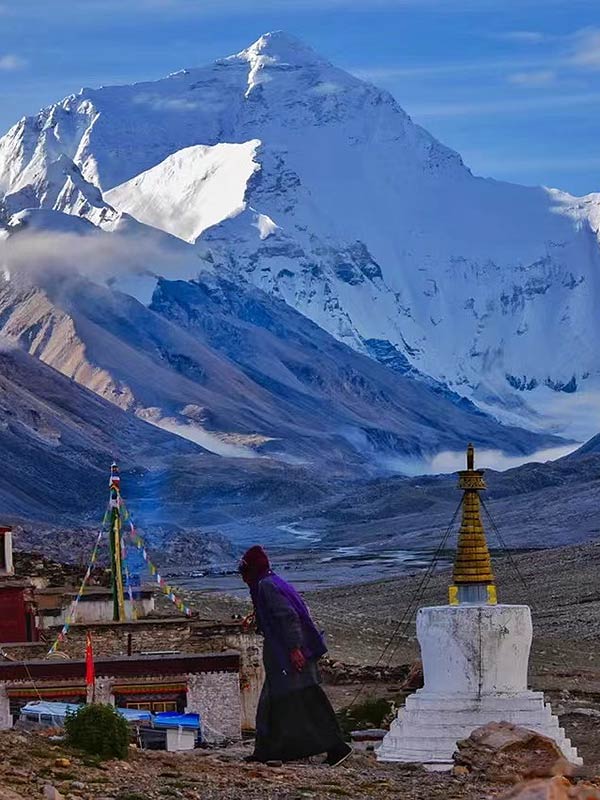
Mount Everest Base Camp is a protected area set up to protect the core area of Mount Everest, and it is one of the best places to watch and photograph Mount Everest. This is where ordinary tourists can reach Mount Everest’s closest place to the sky.
Due to the severe environmental pollution caused by tourists, the Everest Base Camp has been temporarily closed.
Tourist attractions in Tibet: Lhasa West Line
. Kangrinboqe
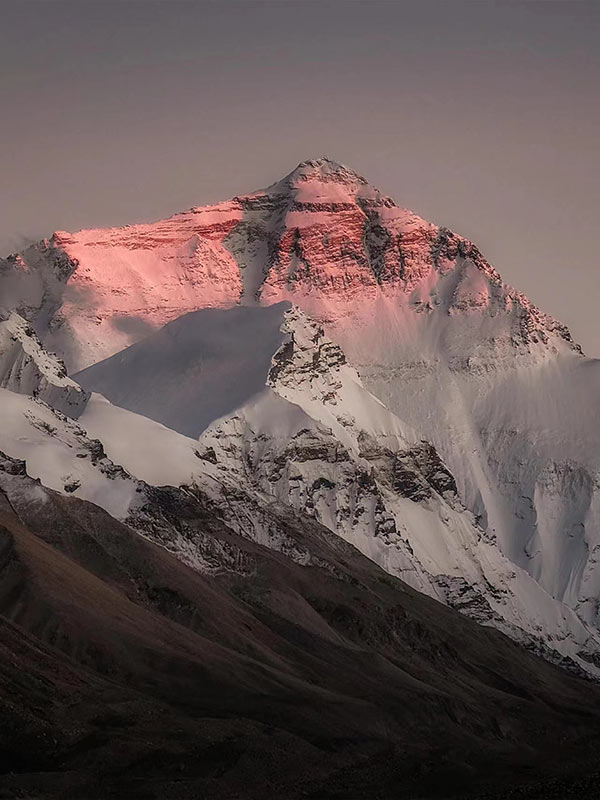
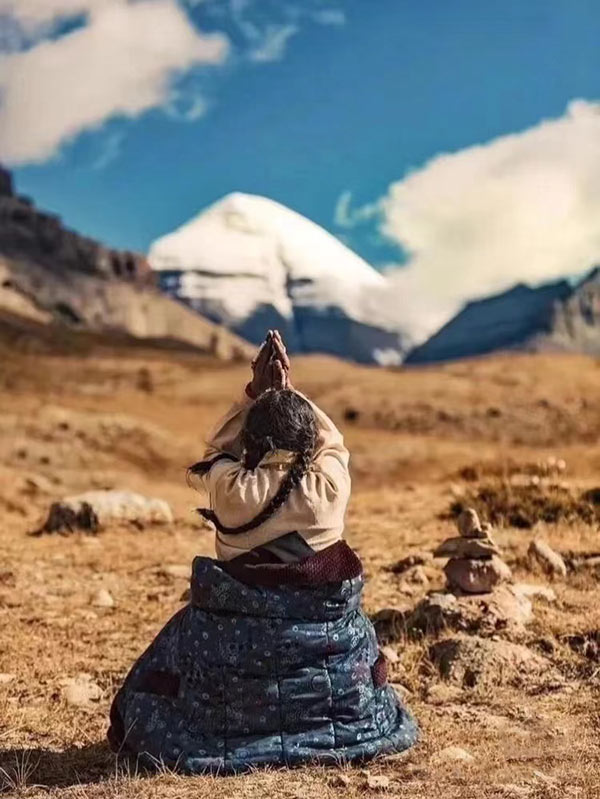
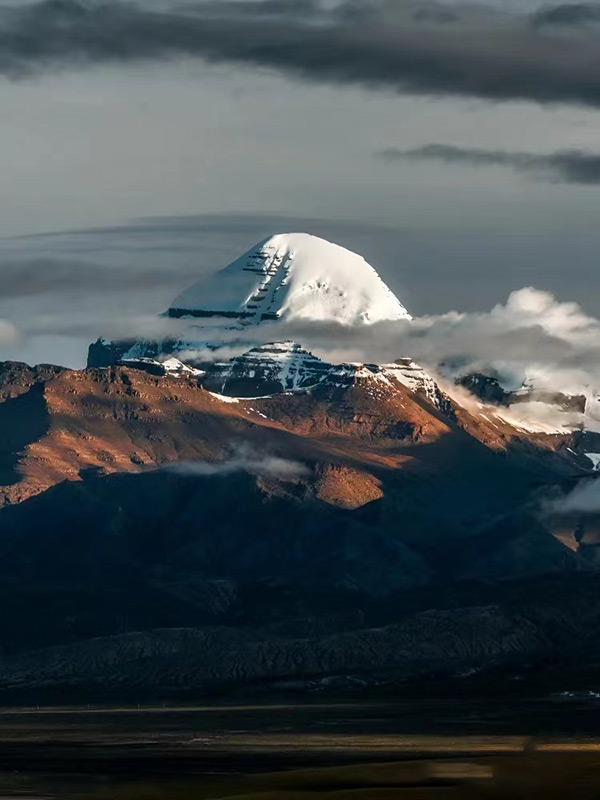
Kangrinboqe generally refers to Kangrinboqe Peak in Alipuran County, Tibet. It is the birthplace of the Ganges, Indus, and Brahmaputra and the most famous sacred mountain in Tibet. The mountain’s shape is like an olive, straight into the sky; the peak is like a colorful crown; the surrounding is like an eight-petal lotus surrounded, and the mountain is like a crystal. Wanbao Mountain in the east is said to be the mountain that Sakyamuni stepped on, Tara Mountain in the west, Goddess of Wisdom Peak in the south, and Dharma Protector Mountain in the north. Many believers from China, India, and Nepal worship and walk around the mountain every year. Gang Rinpoche is also a pilgrimage center for Tibetan Buddhism, Hinduism, and primitive Bon religion and is known as the “King of the Mountain.”
. Guge Dynasty
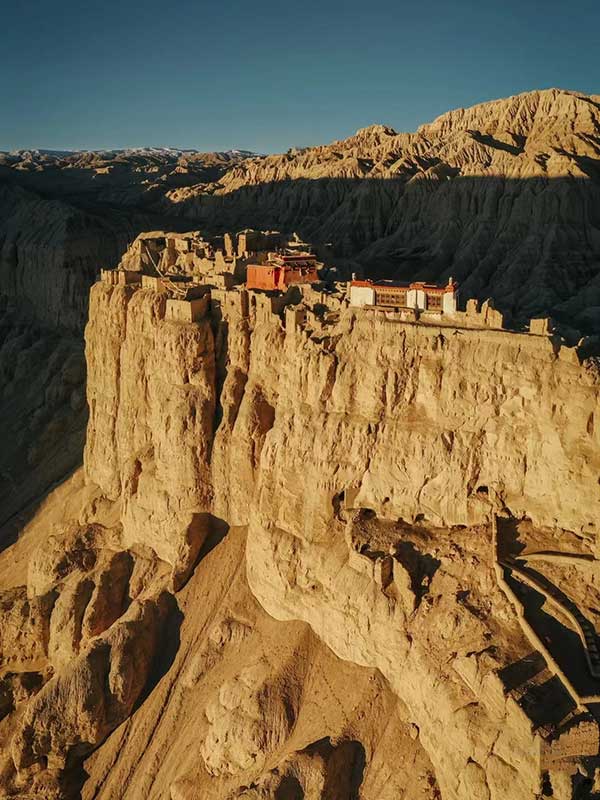
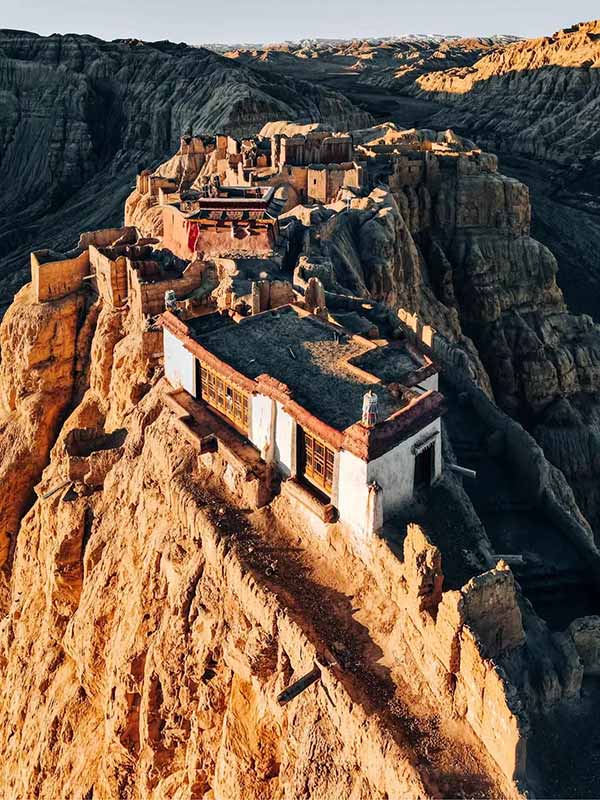
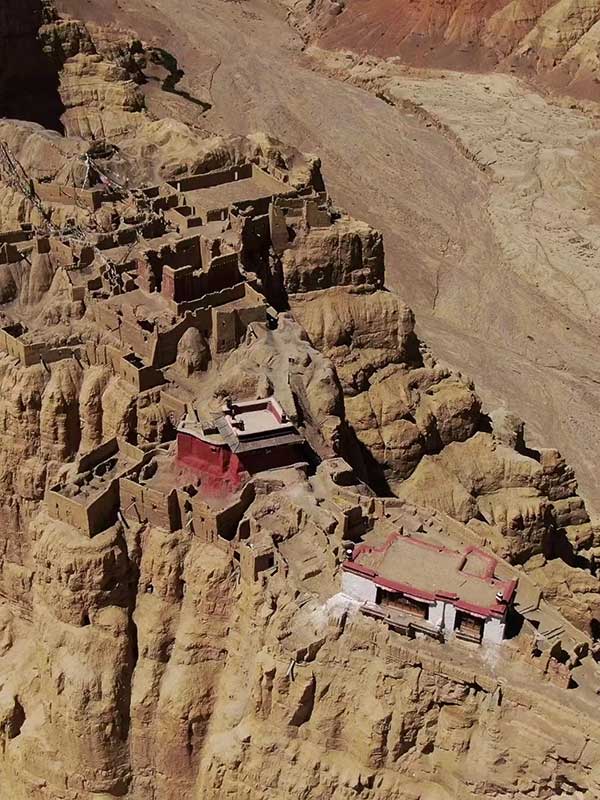
From the 10th century to the beginning of the 17th century, the Guge Kingdom lived in the western part of Tibet, promoted Buddhism and resisted foreign invasion, and played an essential role in the historical stage after the Tubo Dynasty in Tibet. War wiped out this dynasty in 1630 and let it disappear. When Tibetan society entered into a period of self-government and separatism, the Guge Dynasty had the most significant influence and the most extended history of 700 years. The Guge Dynasty left behind frescoes, sculptures, stone carvings, and other exquisite religious artworks for future generations. “Guge” is a miracle. Over the years, it has tempted many explorers, scholars, artists, and journalists to visit, explore and hunt for treasures from thousands of miles away.
Tibet travel insights
Before your visit to Tibet: Safety, Altitude sickness, Visa and Aliens’ Travel Permit
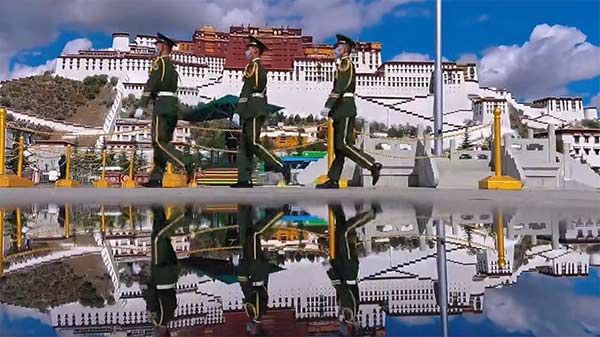
Home » Tibet » Before your visit to Tibet: Safety, Altitude sickness, Visa and Aliens’ Travel Permit Located on the western border of China, Tibet, with an average altitude of 4000 meters, is known as the ‘roof of the world.’…
Tibet travel tips – Travel time, Items must be brought, Dressing guide
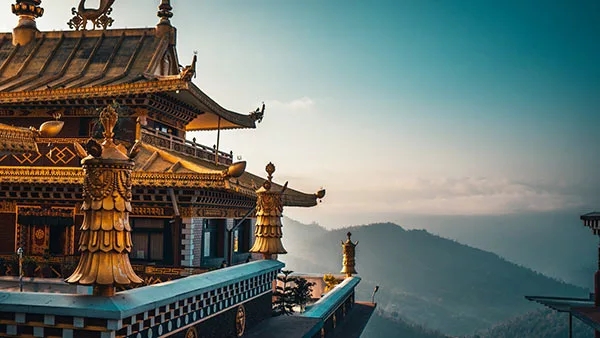
Home » Tibet » Tibet travel tips – Travel time, Items must be brought, Dressing guide People often say that not coming to Tibet is a lifetime mistake; once you come to Tibet, you will understand the true meaning of…

